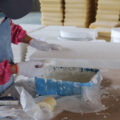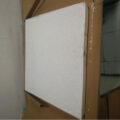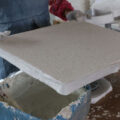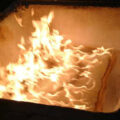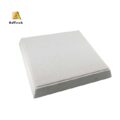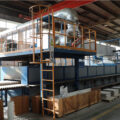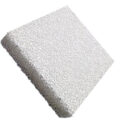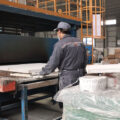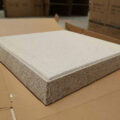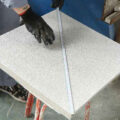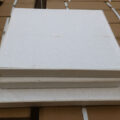The filtration of molten metal is an industrial practice. In particular, it is widely practiced in the art to use a mesh foam filter for molten aluminum. As we all know, the fire resistance and chemical stability of the filter material are essential to obtain effective inclusion retention and to avoid the release of reaction products as contaminants from the filter material into the molten metal.
Reticulated foam filters using alumina aggregate particles in the binder phase are generally used to filter aluminum and aluminum alloys. Unfortunately, it has been widely recognized in the art that aluminum phosphate has poor chemical resistance, especially when used with magnesium-containing aluminum alloys. During use, magnesium corrodes the grain boundary area, resulting in softening and releasing alumina particles as inclusions. It is known that softening can impair the strength of the reticulated foam structure. Another problem with filters based on aluminum orthophosphate is the potential environmental problems caused by the formation of phosphine gas from the spent filters.
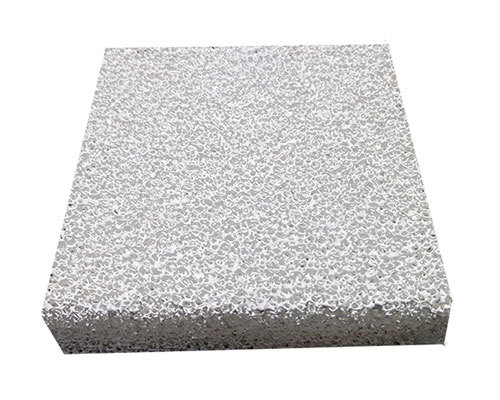
AdTech Alumina Ceramic Foam Filter for molten aluminum is adopted preferably by foam replication technology, which is a common method used to make reticulated ceramic foam, used as a filtering device for molten metal. In forming the filter, foam, most preferably polyurethane foam, is coated with a ceramic slurry, and then dried and fired. During the firing process, the inner ceramic coating of the polyurethane foam vaporizes but the remains of the ceramic structure cause the exoskeleton-like ceramic foam to have hollow voids where the polyurethane once existed. The structure is essentially the connection of support rods, and pores exist around and inside these support rods.
The slurry used depends on the ceramic material required for the selected application. It must have sufficient performance in the final product to withstand specific applications, and must have sufficient structural and/or mechanical strength to withstand specific high temperature conditions. In addition, the slurry preferably has relatively high fluidity, and most preferably includes an aqueous suspension of ceramics intended for use in the filter. Usually, the slurry contains water. Additives such as binders and surfactants can be used in the slurry.
The flexible foam material is impregnated with the aqueous ceramic slurry so that the fibrous web is coated with it and the voids are filled with it. Generally, it is preferable to repeatedly immerse the foam in the slurry and compress the foam between the two dippings to ensure that the foam is completely impregnated.

